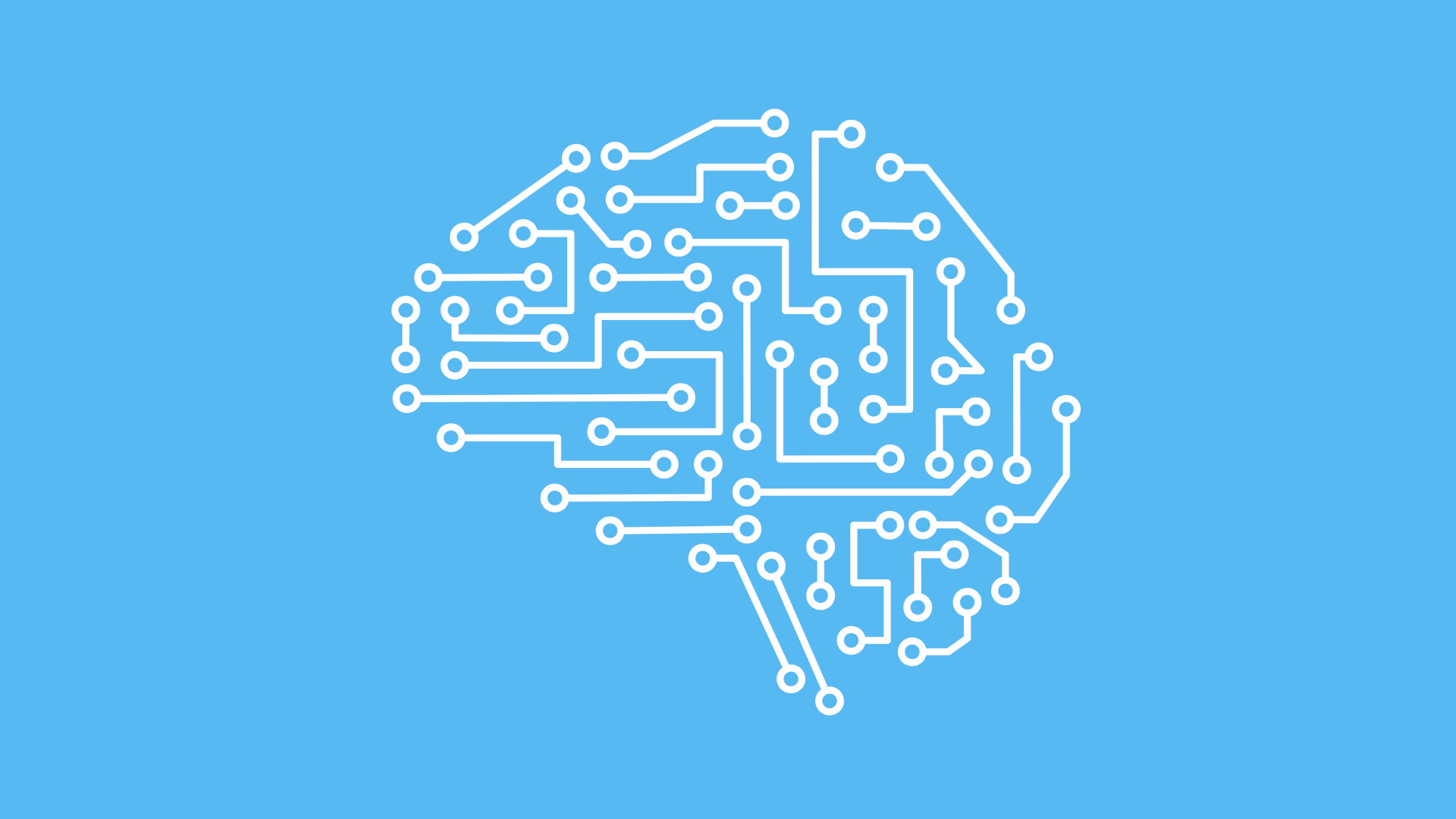
Net Neutrality and Access to Information
04 January 2017
The Internet is a major source of information, providing digital outlets for nearly any information. Almost 40% of Americans get their news online, according to a Pew Research study in 2016, making the Internet a news source second only to television. In addition, a majority of adults happened to get news from social media - which is a problem because social media provides only a curated view of the news. These statistics underscore the need for open access to news and information online. Limiting access to information - fake news is a different issue - makes it much more difficult to stay informed. Easy access to information is empowering.
Many news sources tend to have a political bias, to the point where studies have connected the ideological views of people to their preferred news network. Though people often pay more attention to news they agree with, having all sides of an issue available is very important. Without exposure to other views, it’s much more difficult to find the truth in an issue. As the Internet has taken hold, we’ve enjoyed having easy access to those differing views which helps to provide more accurate insight. Having an informed populace is extremely important to our government functioning well and the Internet has the hope of making it easier to be informed than it ever was before.
One of the things that net neutrality brings is equal access to every viewpoint. We know that there are biased media outlets, and we also know that people watch them. This isn’t necessarily a problem because no matter what, it is possible to fact check and compare views. However, many Internet service providers own or are owned by those same media companies. Comcast, for example, owns NBC and MSNBC, which in the past have been accused of leaning left. Media outlets get advertising revenue from their services, so they are incentivized to promote their services over others.
Service providers already prioritize certain services over others through Zero Rating. Zero Rating is when certain services don’t count towards data caps - such as T-Mobile allowing services such as Spotify to be used without using your data, or Comcast allowing you to stream Comcast’s services without hitting your data cap. Zero Rating is technically not allowed by net neutrality rules because it could be applied to anything, including news outlets. What this means is your Internet provider can encourage you to use their own media outlets, or ones they agree with. In a world of zero rating, it’s hard to argue that if you pay for access to the Internet through a company, you shouldn’t also have access to their own services - but many service providers also have their own news networks.
Even if service providers don’t go so far as to outright block things, they are able to slow them down. It turns out that it doesn’t take much to deter people from visiting a website. People are unwilling to wait for a page to load; a quarter of people visiting a page that takes 4 seconds to load will leave the page instead of waiting. Worse, there have already been issues with service providers slowing down certain services. In 2014, Netflix found that Comcast was slowing down their streaming. Comcast claimed that streaming Netflix videos took too much bandwidth; however, Netflix is far from the only service that streams video.
Research has shown that adults who have reliable access to the Internet are more likely to try to learn more about their world. Access to a wide variety of viewpoints is important for people to make informed and empowered choices. With the Internet becoming a standard tool for accessing those viewpoints, it’s vital to make sure that Internet providers don’t become gatekeepers for information.
• • •
Stay updated by email
or, grab the feed
Found something wrong? Get in touch.
More to See


Digital Native Does Not Mean Digitally Literate

Can the President of the United States be Deplatformed?
